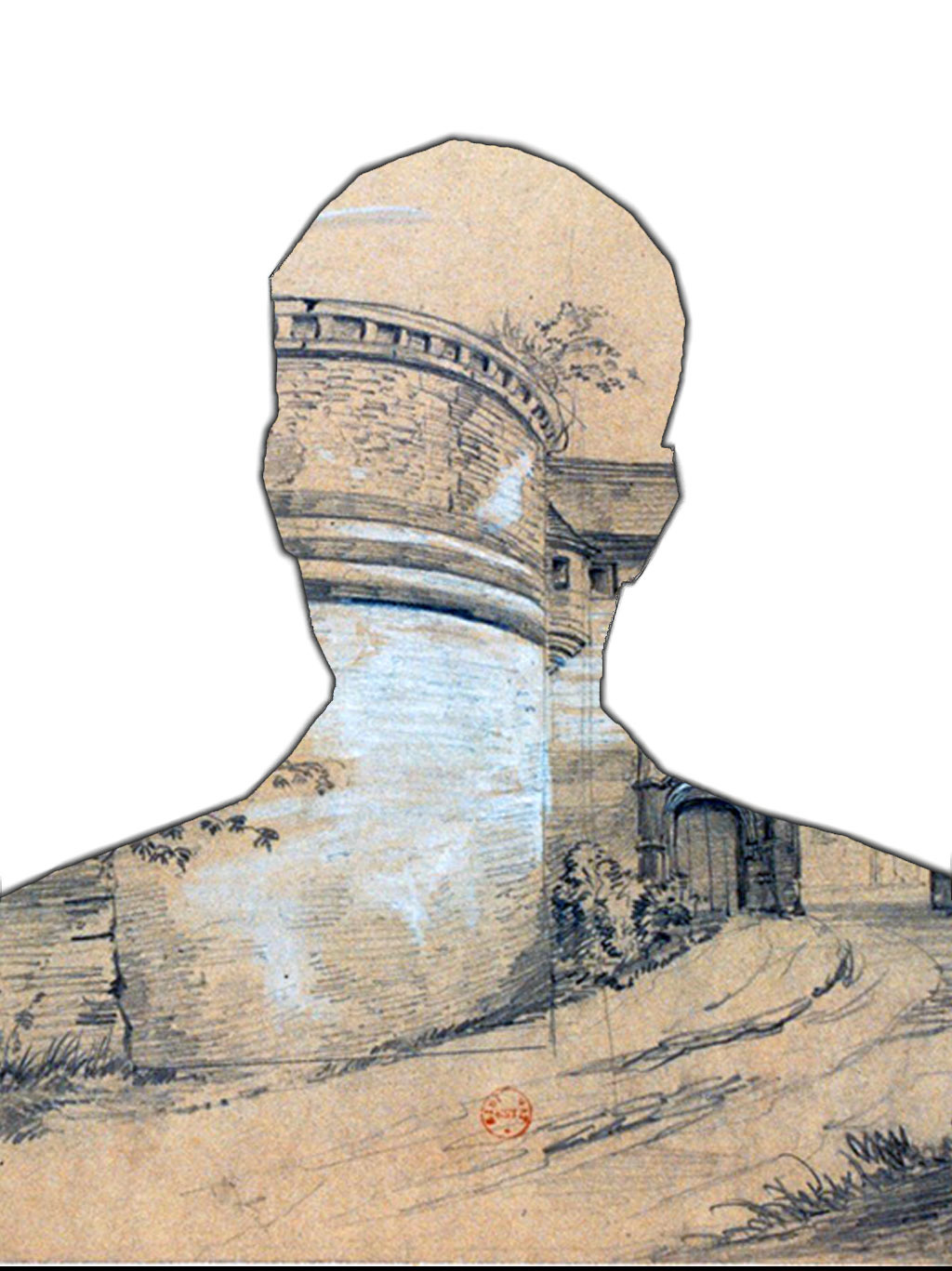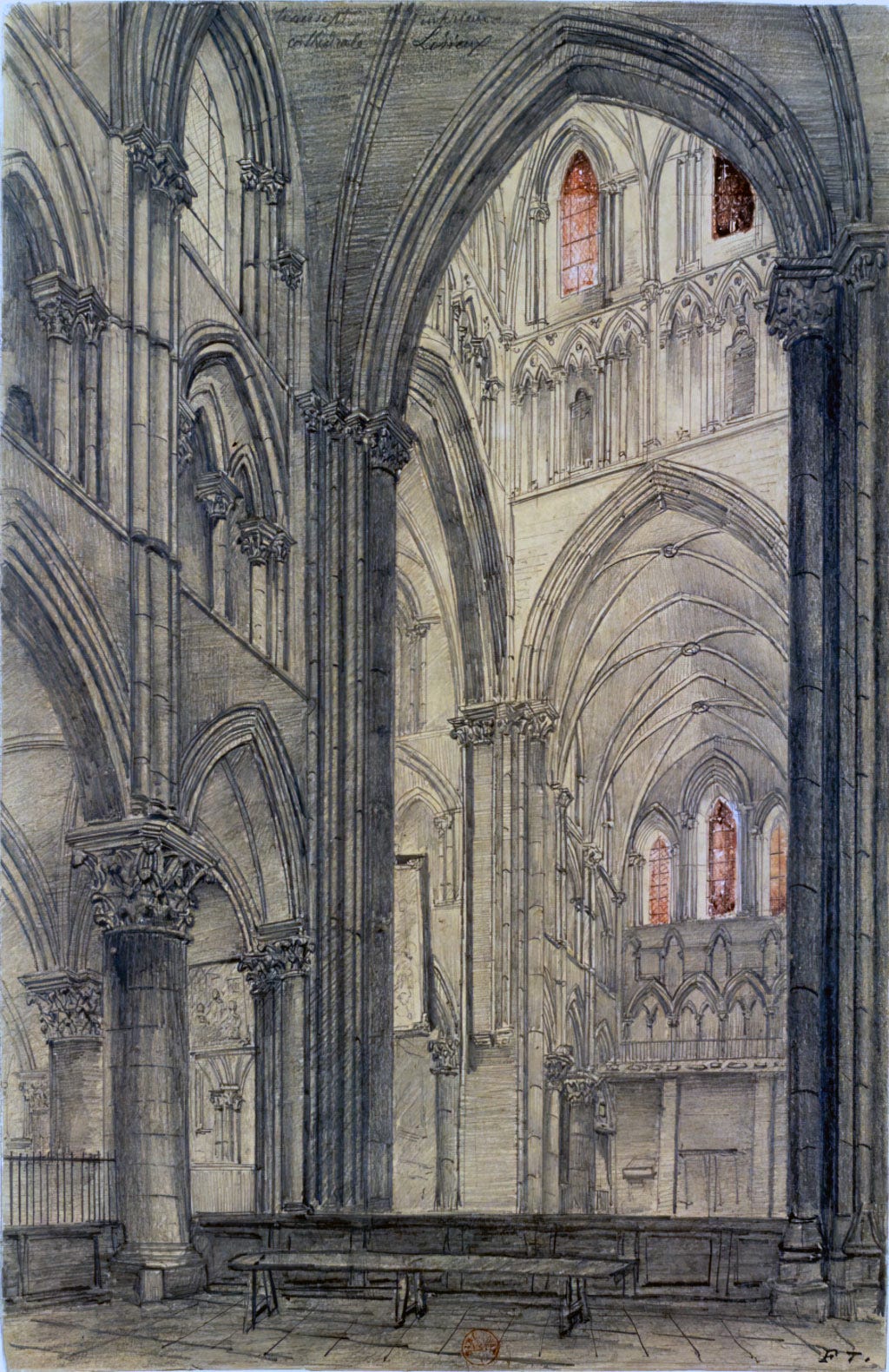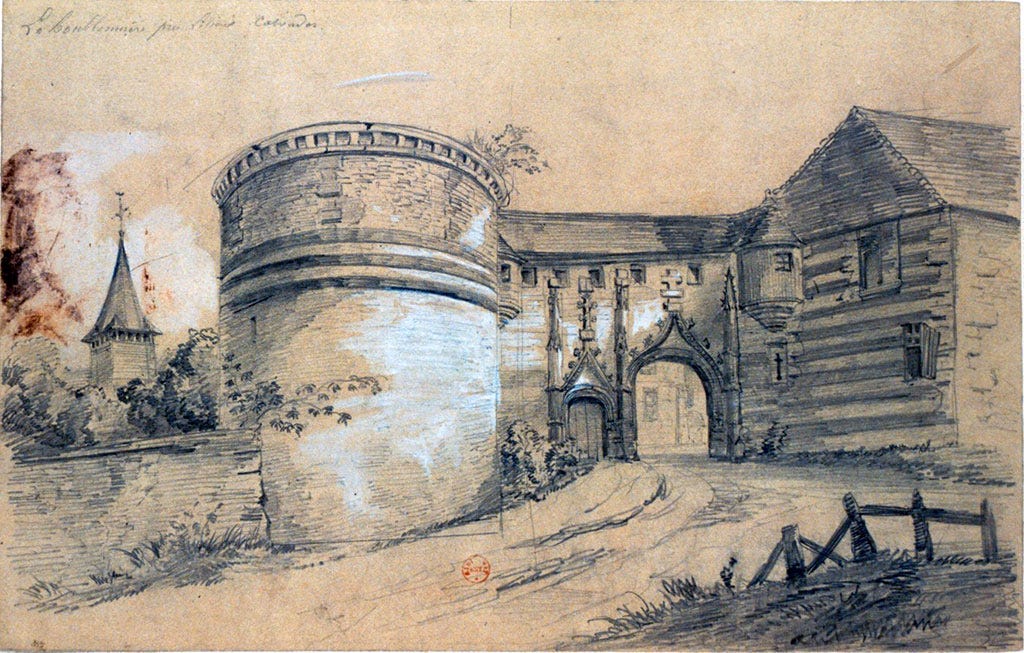Félix Thorigny was a 19th-century French artist, born in 1824 in Caen, Normandy and deceased in 1870 in Paris. He was known primarily as a master draughtsman and painter, working in the tradition of vedute—detailed, often panoramic cityscapes or landscape views.
Thorigny operated extensively in both Paris and London. His work shows a keen eye for architectural detail and atmospheric perspective, and he was especially skilled in rendering urban scenes with precision and clarity. His style fits within the broader realist tendencies of mid-19th-century French art, though he maintained a certain individuality in his treatment of light and structure.
He participated in exhibitions during his lifetime and was known for his urban views that often combined technical accuracy with artistic sensitivity. His drawings and paintings are relatively rare today but are held in esteem by collectors of 19th-century topographical art.
There is no evidence suggesting he was affiliated with major movements like Impressionism or Symbolism. Instead, his work remained more rooted in the academic and documentary traditions of his time. His scenes of Paris, in particular, are valued as historical records of a city undergoing rapid transformation during the Second Empire.
TODAY:
La Houblonniere
La Houblonniere is small village (population: 450) located very close to Lisieux on the West.
These were the only two paintings we found that he made in Lisieux and nearby La Houblonniere.







